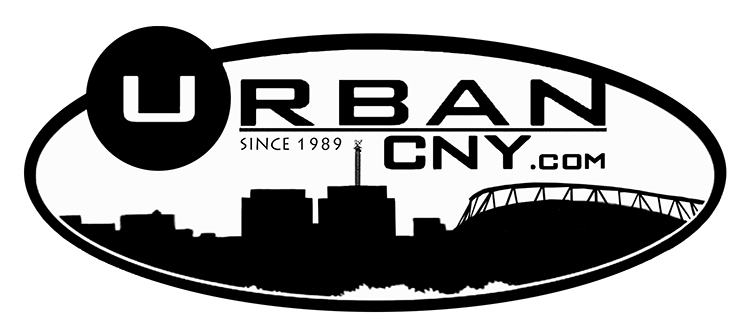For those who bristled at Gov. Eliot Spitzer’s campaign observation that our environs had reached an Appalachian level of disaster, consider the statistics compiled by Howie Hawkins in a position paper for his campaign as a Green candidate for Councilor-at-Large on next month’s ballot.
“Studies of the 2005 U.S. Census survey show,” he notes, “That Syracuse has the third highest overall poverty rate (31.3 percent) – and the very highest black poverty rate (42.5 percent) – of the central cities in America’s 100 largest metropolitan areas. They also show a child-poverty rate of 45 percent.”
Citing the all too familiar decades of loss of decent wage manufacturing jobs, Hawkins maintains that the predominant economic development strategy has sought to “trickle down” benefits of public investment to the poor, low income and middle class of the city. If there has indeed been any trickle, however, it just seems never to have ever gotten down. For Hawkins, the answer lies in improving schools and preventing crime with youth job programs, creating public power and restructuring the system of taxation.
“I was the first candidate for public office in Syracuse to call for a living wage ordinance in my race for Councilor-at-Large in 1995,” Hawkins reflects. “The ordinance that finally passed in 2005 is not what I had in mind 12 years ago. The living wage ordinance only covers 50 to 100 workers and exempts employees of the city, non-profit contractors, and businesses receiving economic incentives. A few Common Councilors said it needed to be expanded at the time they voted to adopt it in its current form. That was two and a half years later. What are we waiting for?”
While implementation of the living wage has been slow and limited, Hawkins sees the impact on those covered, including school bus monitors and drivers, as good so far, drastically reducing turnover, resulting in increased safety for children riding the buses and savings on recruiting and training for the bus company. Hawkins would pursue expansion of those covered by the ordinance, but advocates a different approach to economic development for the unemployed of the city.
The city’s affirmative action goals for hiring of local people of color for employment by the city and its contractors were established in 1972 at 8 percent. Hawkins notes the change in the composition of the city’s population, and would establish a goal of 40 percent as representational. He would establish a Community Hiring Hall to help the city and its contractors to reach that goal.
“Community Hiring Halls have been established in several cities,” Hawkins says. “Some were organized by minority workers organizations like Harlem Fightback and the Chinese Construction Workers Association in New York City, which tried for many years to break down racial barriers to construction jobs and the building trades unions. Others were organized by community and religious activists to help temporary laborers.” According to the AFL-CIO, at least ten cities encourage or require the use of Community Hiring Halls to meet goals for hiring city residents and workers of color for public contracts.
“In addition to serving as a source of labor,” Hawkins adds, “Community Hiring Halls often provide other services to the workers who sign up for jobs there, including job and life skill training, health insurance, referrals to other services, and social support for workers, particularly youth, ex-offender, and workers of color who may be entering new and sometimes hostile work environments.”
Hawkins sees a green tech boom already underway, including the green emphasis of the city school renovations and Carousel Mall expansion projects. “What’s missing,” he observes, “is a program focused on enabling the residents of low-come, inner city, and particularly minority communities to access these ‘green collar’ jobs. The Community Hiring Hall should be a Green Tech Training Center, the point of access for its participants in the community to green job tech training. It should have a Green Job Corps program, particularly for at-risk youth and ex-offenders, where participants can access job training and jobs in public works projects for Onondaga Lake and the city’s aging infrastructure.”
For developing the other kind of green, Hawkins recalls that in his 1993 mayoral primary race, Judge Joe Fahey proposed a community bank for inner-city economic development.
“Fourteen years later,” he says, “inner-city neighborhoods still suffer from high unemployment and depressed business activity. The creation of a municipal bank with a strong development department can help plan, finance, and advise new community-owned businesses, like the Green Bay Packers. If the Syracuse Nationals had the same ownership structure as the Green Bay Packers, Syracuse would still be an NBA city. Perhaps a regional community ownership could keep the Bills in Buffalo, with some home games played in Syracuse.”
With Al Gore stumping for a mobilization to fight global warming, and mega-corporations realizing they need to take the lead in cleaning up the planet if they want one to do business on, in calling for going green to bring in some real green, Hawkins is actually laying down beats to a mainstream drum. With the 2005 Census survey dropping Syracuse out of Appalachian status into the economic depths of Death Valley, the city’s movers and shakers better learn the steps to that march.









